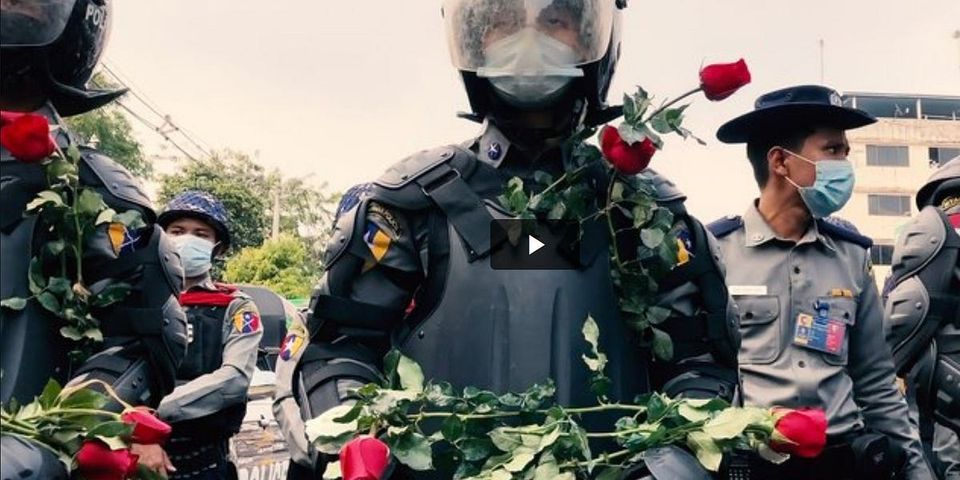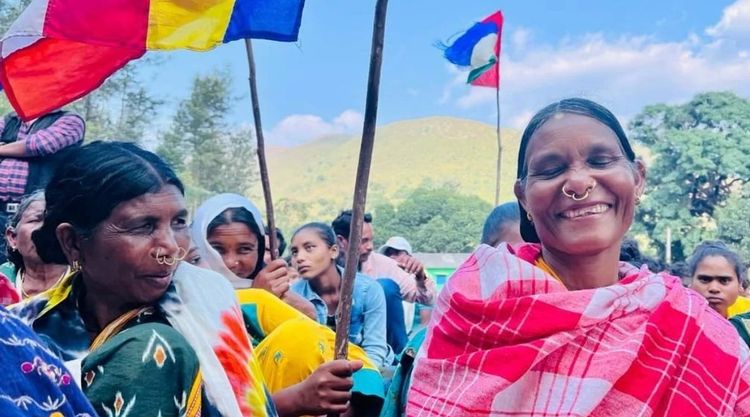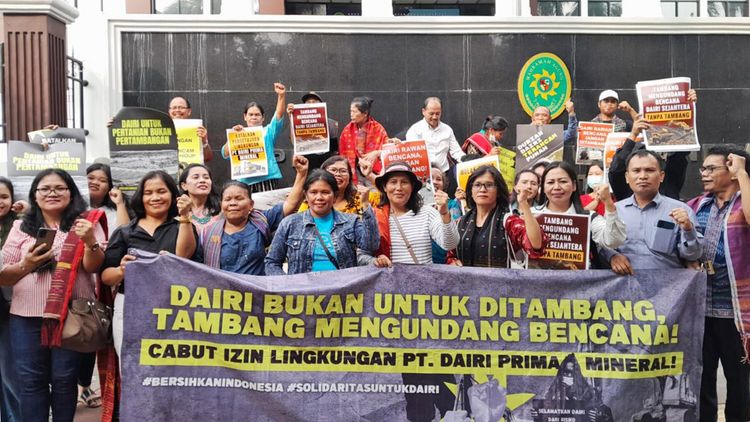Breaking News Backgrounder #6: The Myanmar Coup

When it happened, in early February, the military coup that overthrew the quasi-democratic regime of Aung Sang Suu Kyi in Myanmar made global headlines. It was one of the first crisis for the new administration in Washington DC, and a test of whether the trend towards authoritarianism could be resisted in 2021.
Two months later, and the attention has shifted away, despite the situation getting more bloody and the threat of famine, insurgency, and potentially social collapse growing. And then, earlier this week, this happened.
Imagine if the resources CNN spent on that were instead invested in local reporting by Burmese, Karen, Rohingya or other journalists from the many ethnic groups that make up the country? That would have benefited the global discourse – and empowered the very people suffering under military rule.
So in this Backgrounder, we focus on providing context for the coup that CNN and others have failed to do. Breaking News Backgrounders are subscriber-only issues of Asia Undercovered, that focus on giving readers contextual understanding of a breaking news story, allowing you to go beyond the headlines and simplistic, pundit takes that dominate too much western reporting on Asia.

What Happening
Despite the oppression, the shrinking space for reporting, and the ever-increasing violence, locals, journalists, and civil society groups have been working around the clock, despite internet shutdowns and mobile throttling, to tell the world about what is happening in their country.
For context, watch this short documentary from Engage Media, entitled Burma Spring ‘21, made jointly by more than a dozen local filmmakers, that shows exactly what’s happened since February 1st.

This piece in Global Voices gives a detailed timeline of what’s happened in the second month of the coup, and just how bad the situation on the ground has gotten.
And for Reporting Asean, Ko Thet Paing paints a worrying picture about how dangerous the act of doing journalism has gotten, with 57 arrested, and many more injured. Despite this, they continue to report.

Myanmar’s Complicated History
Both the coup – and the fierce resistance – did not come out of nowhere. Myanmar, once Burma, has a long, complex, and troubled post-independence history, with violence a key thread that runs throughout.
To better understand the opposition to the military, read this piece by Lisa Brooten in East Asia Forum which digs into the decades of struggle that underpins the country’s civil society, and the legacy of opposition to previous periods of military rule.
On a similar note, one important facet of the opposition is its leaderless, decentralized nature. This fascinating feature in Myanmar Now looks at how this reflects previous uprisings, in 1988 and 2007, and make it more challenging for the military to clamp down.
Another thing to consider is how the country has, since the military gave up partial control, opened up the world. This piece in Reporting Asean uses infographics to show which countries are most trading with and supporting Myanmar – and, likely, have the most influence, too.
The role of the Military
Understand what is happening in Myanmar also means understanding the complex, multifaceted, inescapable role of the military. Here are four pieces on the past, present, and future of the Tatmadaw.
Mekong Review takes us back to Feb 1st, and just how surprising it was when the military seizes power, and what it meant to residents (Michael Breen, Anne Décobert).
The Quint explains, succinctly, how the military has shaped the country’s political history and how this led to the current situation.
The Irawaddy looks at how Chinese troops have been gathering along the border to “protect piplelines” which may be masking a deeper involvement.
Madras Courier makes a strong argument that the world needs to try the military generals for crimes against humanity, not just for the coup, but the long history of human rights violations.

Ethnic tensions
Myanmar is a diverse, multi-ethnic, multi-religious country, and its impossible to ignore the ethnic tensions at the heart of the coup.
Central to that is the rise of ethnic Bamar, Buddhist nationalism. This piece in Berkley Forum digs into the interconnections between Buddhism, ethnicity, and nationalism, and what role they played in the coup, with responses and inputs from several leading scholars.
There’s another thing that can’t be ignored – the role of the military in the ongoing Rohingya genocide, and the lacking global response. For CounterCurrents, Yanis Iqbal argues that the military’s use of violence against minority Muslims shows they will resort to anything to maintain power – a prediction that is looking, sadly, more true day by day.
Did I miss anything? Please share any reporting, insights, tweets, or analysis you’ve found on the coup, and I’ll be sure to share in a future issue.
Nithin Coca

Asia Undercovered: In-depth round-ups and analysis of the news, events, trends and people changing Asia, but not getting enough attention in the US media.





Member discussion